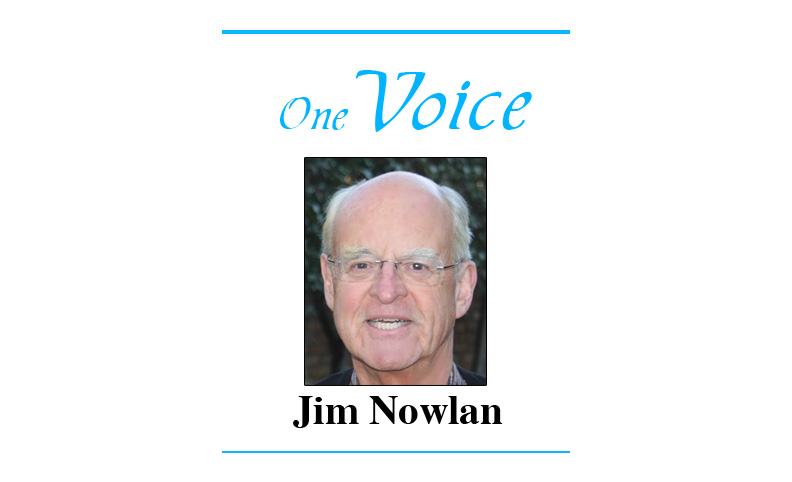
Living in a rural central Illinois town, Toulon, population 1,400, I am alert to any forces that might spur relocation to hinterland communities, which are often struggling to maintain population and vitality. Are the pandemic and recent urban, sometimes violent protests such prompts? I conclude there might be some, modest movement to already attractive communities outside the metro regions.
All creatures, great and small, tend to move away from threats and to opportunity. Based on limited research, interviews with students of rural America and anecdotal illustrations, I conclude that the urban protests will not have much effect on movement to rural areas, but that the increased amount of remote work engendered by the pandemic might do so.
A 2018 Gallup survey finds that more individuals would like to live in rural areas than do. Those with a greater interest in rural living tend to be white with modest levels of education (no thanks, report those with post-graduate degrees).
As for the urban protests of late, urban poor may indeed want to continue the diaspora out of difficult neighborhoods, but they are unlikely to find rural America inviting.
Those who can move from metro areas tend to be those with the income, often retirement based, and job security to do so. These folks, often suburban, and I have to generalize outrageously throughout this essay, probably would not be spurred to move by the protests, generally far removed from them, nor by the pandemic, as rates of infection are lower in DuPage County, one Million folks west of Chicago, than in many rural counties.
The one group that fascinates me is that of young couples, often with good jobs, who are wondering where to rear their forthcoming families. Many of these young persons have been working from home during the pandemic, and their companies are thinking maybe they can continue to do so.
Having enjoyed the action of the central city as young singles, these couples often moved to the suburbs to build their nests. Might such couples now be attracted to communities beyond the suburbs, sociologists call this exurbia, where housing might be less expensive and the quality of life comparable, conceivably better, than in some congested suburbs?
I am aware of such couples recently doing so. One couple includes a software developer who travels by Amtrak into Chicago once a week, for two days. I have heard of another couple—don’t know their skills—who have been told by their company they are to be in the downtown office just one day a week and must live within four hours of Chicago. This work arrangement, spurred by the pandemic, might be the new normal for at least a significant number of families.
So, where to move? I contend, but who am I to know, 79 and over the hill, that the couples will want most of the following: High achieving schools; convenience to Chicago by Amtrak or interstates; a good grocery and a big box store or two; a couple of decent restaurants; an active arts life such as a theater group would be a plus, as well as a comfortable number of individuals similar to themselves.
In my part of the state, Princeton, population 7,500, and Dixon, 15,000, fill the bill. Interesting to note, both towns are quite attractive, yet their populations have apparently declined a bit in the past decade. These types of small cities might band together to market their communities to the young couples I describe above; maybe they already are. We can’t afford to see such towns stagnate.
The towns I really worry about are those of a thousand or two thousand residents, once vital farm-market communities, now often declining. Here I see a scary, possible trend: The unwillingness of professionals to move to communities, where they work!
In my area, I know of two recently appointed rural school superintendents who have refused to leave their residences in larger cities nearby, to relocate into the school districts they will lead.
Ditto for a couple of successful dentists who operate a large regional dental practice from a small town. This unwillingness would have been unheard of when I was a youngster. These are exactly the types small towns need for leadership, energy, and creative thinking.
Unfortunately, these little towns have nowhere to turn but to themselves. If they can’t make their towns positive enough to attract the people who work there, especially the professionals, they will waste away.
Society members will continue, as always, to seek opportunities, obviously defined a bit differently for each young couple. Each town has to put on its best bib and tucker, you might say, to draw new residents.
For many years, Jim Nowlan was a senior fellow and political science professor at the University of Illinois in Urbana-Champaign. He has worked for three unindicted governors and published a weekly newspaper in central Illinois.

